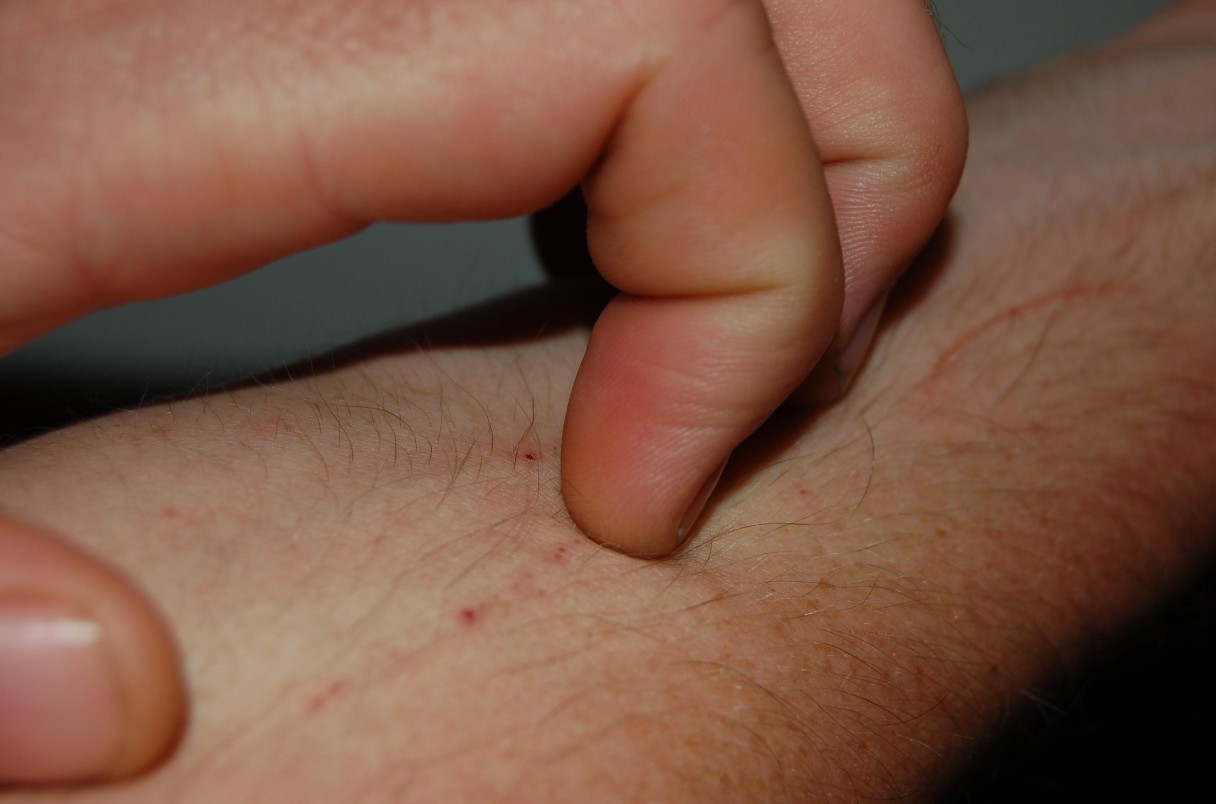What are the symptoms of postherpetic neuralgia?
Postherpetic neuralgia (PHN) is a condition that can occur after a shingles (herpes zoster) infection. The symptoms of PHN include:
- Persistent Pain: Pain in the area where shingles occurred, which can be sharp, burning, or throbbing.
- Sensitivity: Increased sensitivity to touch, where even mild contact can cause pain (allodynia).
- Itching: Itching or a tingling sensation in the affected area.
- Numbness: Reduced sensation or numbness in the affected area.
- Pain Flare-ups: Episodes of intense pain that may come and go or be constant.
The severity and duration of symptoms can vary widely among individuals.
What are the causes of postherpetic neuralgia?
Postherpetic neuralgia (PHN) is caused by the reactivation of the varicella-zoster virus, which is the same virus that causes chickenpox. After a person recovers from chickenpox, the virus remains dormant in the nerve cells. It can reactivate later in life, leading to shingles (herpes zoster).
PHN develops when the nerves that were affected by shingles remain damaged or inflamed, causing persistent pain even after the shingles rash has healed. The primary causes of PHN include:
- Nerve Damage: The varicella-zoster virus causes inflammation and damage to the nerves during the shingles outbreak. This nerve damage can lead to chronic pain.
- Inadequate Healing: If the shingles rash and underlying nerve damage do not heal properly, it can result in ongoing pain.
- Severity of Shingles: More severe cases of shingles, with extensive rash and pain, are more likely to lead to PHN.
- Age: Older adults are at higher risk for developing PHN, as the immune system may be less able to suppress the reactivation of the virus and repair nerve damage effectively.
The risk of developing PHN increases with age and the severity of the initial shingles outbreak.
How is the diagnosis of postherpetic neuralgia made?
The diagnosis of postherpetic neuralgia (PHN) is primarily based on clinical evaluation. Here’s how it is generally made:
- Medical History: The doctor will review the patient’s medical history, particularly any past episodes of shingles (herpes zoster). A history of a shingles rash that has healed, but left persistent pain, is crucial for diagnosing PHN.
- Symptoms Review: The symptoms of PHN are evaluated. Patients typically report pain in the area where the shingles rash occurred, even after the rash has healed. This pain can be described as burning, shooting, or aching and may be accompanied by sensitivity to touch.
- Physical Examination: A thorough physical examination is conducted, focusing on the affected areas to assess the nature and distribution of pain. The examination helps determine if the pain is localized to the area previously affected by shingles.
- Exclusion of Other Conditions: Other potential causes of the pain are ruled out. This may involve diagnostic tests to exclude other conditions that could mimic the symptoms of PHN, such as neuropathy or other types of nerve damage.
- Diagnostic Tests: While there is no specific test for PHN, tests may be used to support the diagnosis or rule out other conditions. These can include blood tests, imaging studies (like MRI or CT scans), or nerve conduction studies to evaluate nerve function.
The combination of a recent history of shingles, characteristic pain symptoms, and the exclusion of other causes helps confirm a diagnosis of postherpetic neuralgia.
What is the treatment for postherpetic neuralgia?
The treatment for postherpetic neuralgia (PHN) focuses on alleviating pain and improving quality of life. Various approaches are used, including medications, non-medication therapies, and pain management procedures.
Medications play a significant role in managing PHN. Antidepressants such as tricyclic antidepressants (e.g., amitriptyline) or serotonin-norepinephrine reuptake inhibitors (e.g., duloxetine) can be effective in controlling nerve pain. Anticonvulsants like gabapentin or pregabalin, typically used for seizures, are also beneficial for nerve pain. Topical treatments, such as lidocaine patches or capsaicin cream, can provide localized relief by numbing the skin or reducing nerve pain. For severe pain, opioids like oxycodone might be prescribed on a short-term basis, though they are generally a last resort due to potential dependency and side effects.
Non-medication therapies can complement drug treatments. Physical therapy, including massage, stretching, and strengthening exercises, may help improve function and reduce discomfort. Cognitive Behavioral Therapy (CBT) can support patients in managing the psychological impact of chronic pain and developing effective coping strategies.
Pain management procedures may offer additional relief. Nerve blocks involve injecting local anesthetics or steroids into the affected area for temporary relief. Transcranial Magnetic Stimulation (TMS) is a non-invasive technique that uses magnetic fields to stimulate nerve cells in the brain and may help some patients.
Lifestyle modifications are also important in managing PHN. Stress management techniques, such as mindfulness, relaxation exercises, or yoga, can aid in coping with pain. Maintaining a healthy lifestyle through a balanced diet, regular exercise, and adequate sleep can support overall well-being and potentially alleviate pain.
A personalized treatment plan developed with a healthcare provider can help address the specific needs and responses of each patient with PHN.

Leave a Reply
You must be logged in to post a comment.